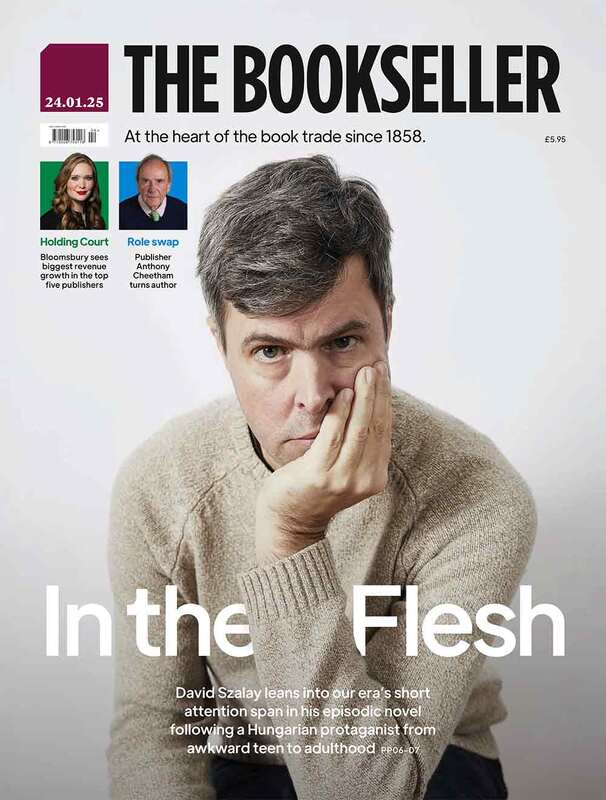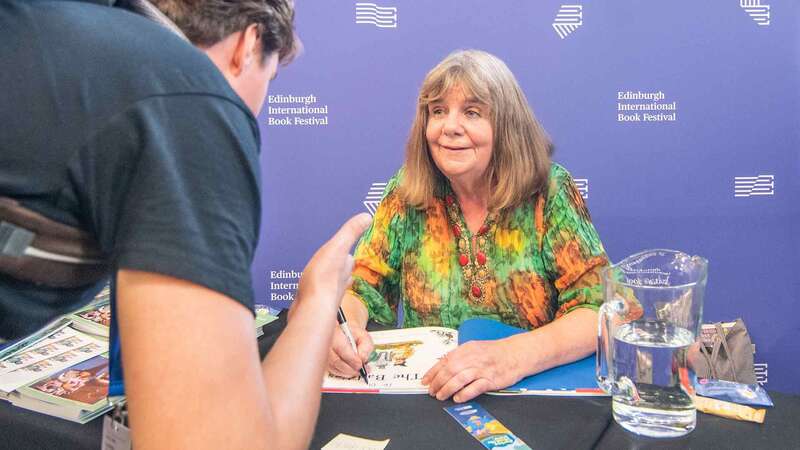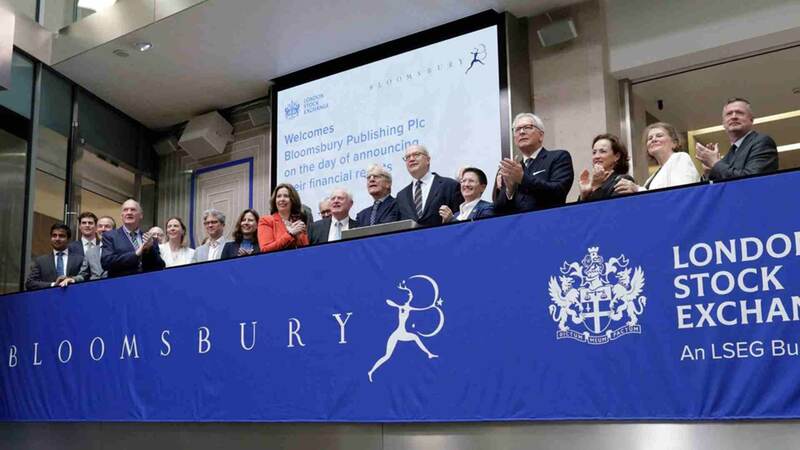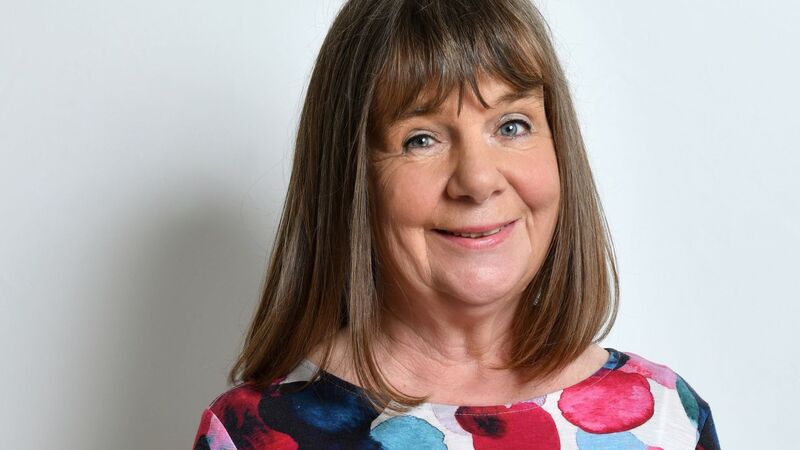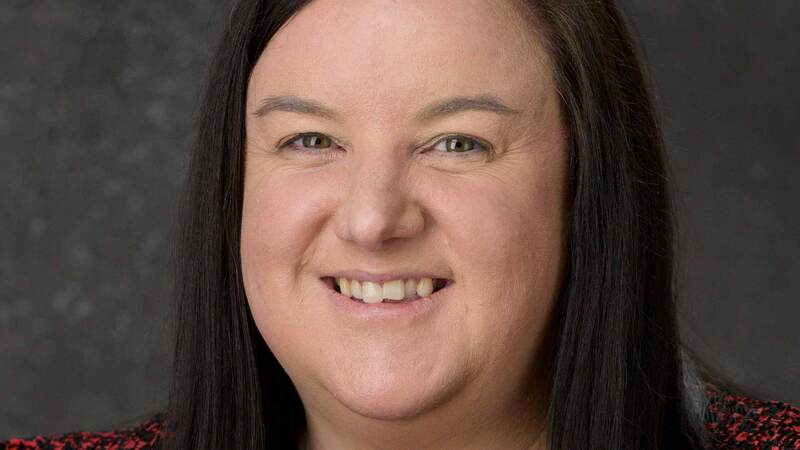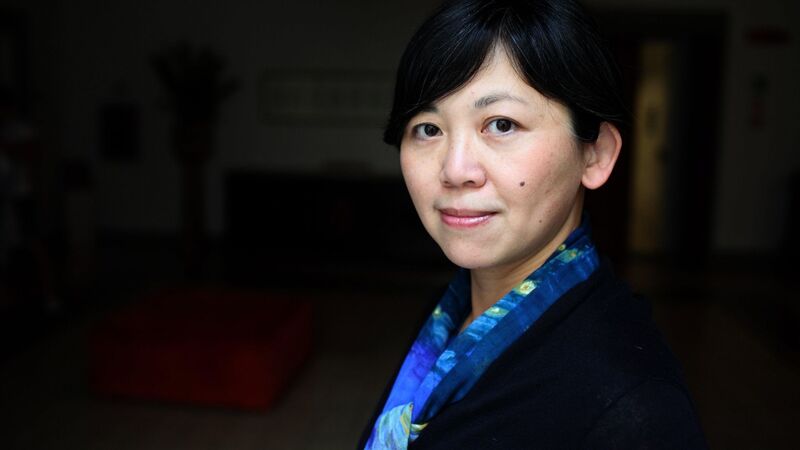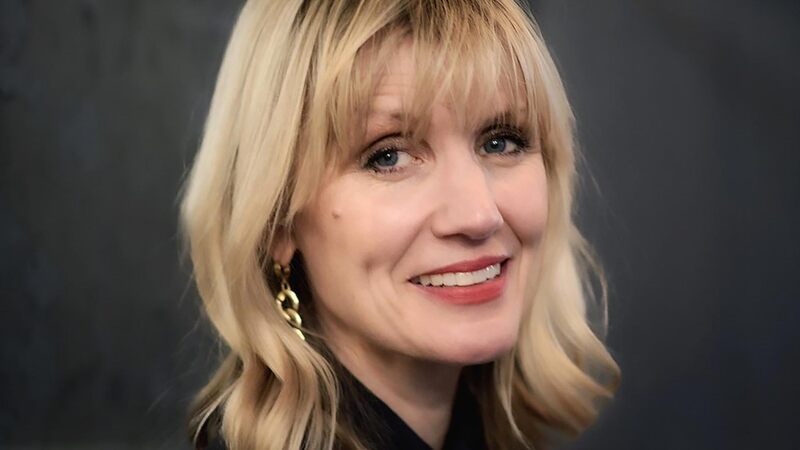You are viewing your 1 free article this month. Login to read more articles.
HarperCollins' gender pay gap is 10.4%
HarperCollins has revealed its gender pay gap showing the median difference in salaries between men and women is 10.4% while the mean difference is 16%.
The company attributed the gap to the “composition” of its workforce and pledged to improve its retention of women in senior roles, as well as the recruit and promote more women into senior roles.
Its median and mean gender pay gaps are below the UK national average of 18.4% and 17.4% respectively, according to the Office for National Statistics (ONS), but HarperCollins has still vowed to address the difference.
It's plans include a “blind recruitment strategy” at the shortlisting stage of recruitment, boosts to maternity provision and a development programme with its parent company, HarperCollins in the US.
New government legislation requires companies with 250 or more employees to annually report the median and mean percentage difference in hourly pay and average pay between men and women, along with the difference in bonuses, by 4th April. The median figure falls in the middle of all employees' salaries from lowest to highest paid, while the mean is calculated by dividing the total wages of a company by its number of staff.
HarperCollins said its median pay gap was “largely driven” by the composition of its employees. More women than men are employed in the business in every quartile of the salaries, but men make up an increased proportion in the top quartile where it has more highly paid roles.
Women make up around two-thirds of the lower, lower middle and upper middle quartiles of its workforce – comprising 64%, 71% and 66% respectively. This proportion dips to 57% for its upper quartile of top-earning employees. Female employees also dominate nine-tenths of the workforce, while the most highly paid decile has a 50:50 split between men and women. This segment includes the executive committee with c.e.o. Charlie Redmayne, along with eight men and eight women.
All employees are eligible for a bonus, the company said, but only after three months of employment, which is why 79% of women received a bonus in 2016, compared with 87% of men. The median difference in bonuses is 14% while the mean gap was 47.9%. The difference in its bonus pay is down to more women - 20.5% of its female staff in comparison to 2% of its male workforce - working in part time roles, with bonuses paid on a pro-rata basis, the company said.
“This [negative] effect is magnified by the number of part-time employees among our 50 highest paid people (ten female, one male),” the report read.
HarperCollins has pledged to take steps to reduce the gender pay gap.
“While it is positive that our gender pay gap is lower than the UK average we know there is more we can do and we are committed to addressing the pay gap at HarperCollins,” the company said.
The organisation is introducing new initiatives to encourage both the retention of senior women as well as the recruitment and progression of more women into senior roles.
These include the introduction of a “blind recruitment strategy” at the shortlisting stage of recruitment to remove unconscious bias barriers, as well as training around this for recruiters, all senior management and the executive committee. It will also focus on departments where clear gender imbalances exist, introducing schemes to promote diversity.
Other initiatives include a recently-introduced “returnship mentoring programme” for those taking parental leave as well as increasing maternity pay.
The publisher will also “invest in mid to senior-level women through a development programme alongside peers from its parent company, while enhancing its cross-industry mentoring group. There are also plans to boost “visible role-modelling of our senior female talent to encourage women to progress into leadership roles”. And the firm plans to work with its employee-led diversity forum to redress the gender pay gap, to “further embed” its core company values to achieve diversity and inclusion, as well as repeat its regular diversity survey to ensure improvement.
The report will be publicly available on the government's website from Wednesday (22nd March).
Earlier on Wednesday, Hachette also released its gender pay gap report, showing a "stark" median gap of 24.71%, following Pearson earlier in the week, which has a difference of 15%.


